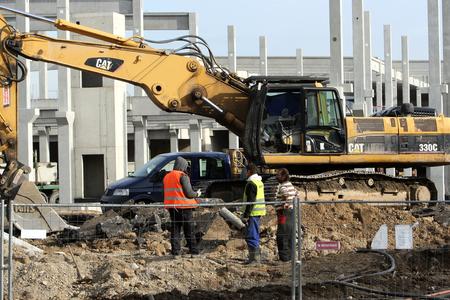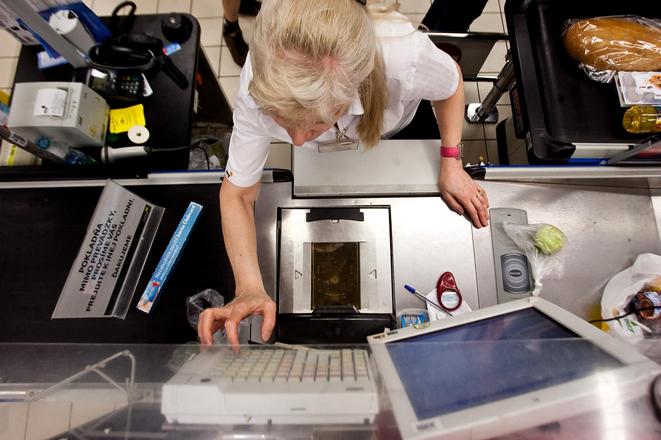Slovakia’s gross domestic product grew by 3 percent year-on-year in the third quarter of 2016, down by 0.9 percentage points compared with last year.
Following data revision for the previous two quarters of this year, it was reported that the GDP grew by 3.4 percent in the first quarter and by 3.8 percent in the second quarter, the Statistics Office informed on December 6.
Regarding the quarter-on-quarter comparison, Slovakia’s GDP rose by 0.7 percent in 3Q 2016, which is also less than in previous quarters.
Analysts say that the drop in GDP growth was caused mostly by the fall in investments which decreased in both the public and private sectors. This is the result of a lower draw from EU funds.
“A certain slow-down of growth in the 3Q this year was expected, especially due to the high base from last year and the return to not so intensive drawing of money from EU funds,” said Slovenská Sporiteľna analyst Katarína Muchová, as quoted by the TASR newswire.
While in the second half of 2015 the GDP grew especially thanks to public investments supported by money from EU funds, the situation this year is different.
“The currently published structure of GDP growth suggests the negative surprise in the form of drops in investments,” said the analysts with the National Bank of Slovakia (NBS), as quoted by TASR. “The private investors, who indicated hopeful investment start in the first half of this year, suppressed their investment activities in 3Q.”

This was caused mostly by fewer investments in the energy sector, as well as the correction of growth in the automotive sector in the previous quarter and less money from EU funds.
“The third sector did not replace them with their own resources and cheap loans,” NBS analysts continued, as quoted by TASR.
In addition, the consumption of households rose only slowly, while the incomes from tourism brought a positive surprise, the analysts added.
The economic growth was drawn mostly by foreign trade, according to Muchová, who stressed that this has happened for the first time since mid-2013.
Analysts expect that the Slovak economy will continue rising at more than 3 percent.
Despite the slower growth in the 3Q, Slovak GDP rose quicker than the rest of the eurozone and also the European Union. While the seasonally adjusted GDP in the eurozone went up by 0.3 percent q/q and in the EU by 0.4 percent q/q, in annual terms it rose by 1.7 percent in the eurozone and 1.9 percent in the EU, according to Eurostat.
People leave abroad
Growth in employment in Slovakia meanwhile reached 2.8 percent in 3Q of 2016, going up by 0.3 percentage points y/y.
This means that in 3Q16 the number of employed people increased by 68,600 individuals y/y to 2.503 million. Seasonally adjusted employment rose by 0.4 percent or by 10,800 individuals when compared to 2Q16 reaching 2.498 million, TASR wrote, referring to the Statistics Office data.
An increase in the number of employed people was recorded by all regions. The biggest relative increases were registered in Trnava Region (4.8 percent) and Bratislava Region (4.7 percent). The difference between the highest employment rate in Bratislava Region and the lowest one in Košice Region was 14.6 percentage points, up by 2.9 percentage points y/y.
The Statistics Office further reported that the number of people working abroad increased by 6,600 individuals (4.3 percent) y/y in 3Q 2016. The most Slovaks were employed in construction (46,700), in health care and social services (40,000) and in industry (32,400).
The most popular countries were Austria (51,400 individuals) and the Czech Republic (39,500). Regarding the regions, the highest number of people working abroad was from the Prešov Region (41,300), TASR reported.



 Illustrative stock photo (source: SME)
Illustrative stock photo (source: SME)